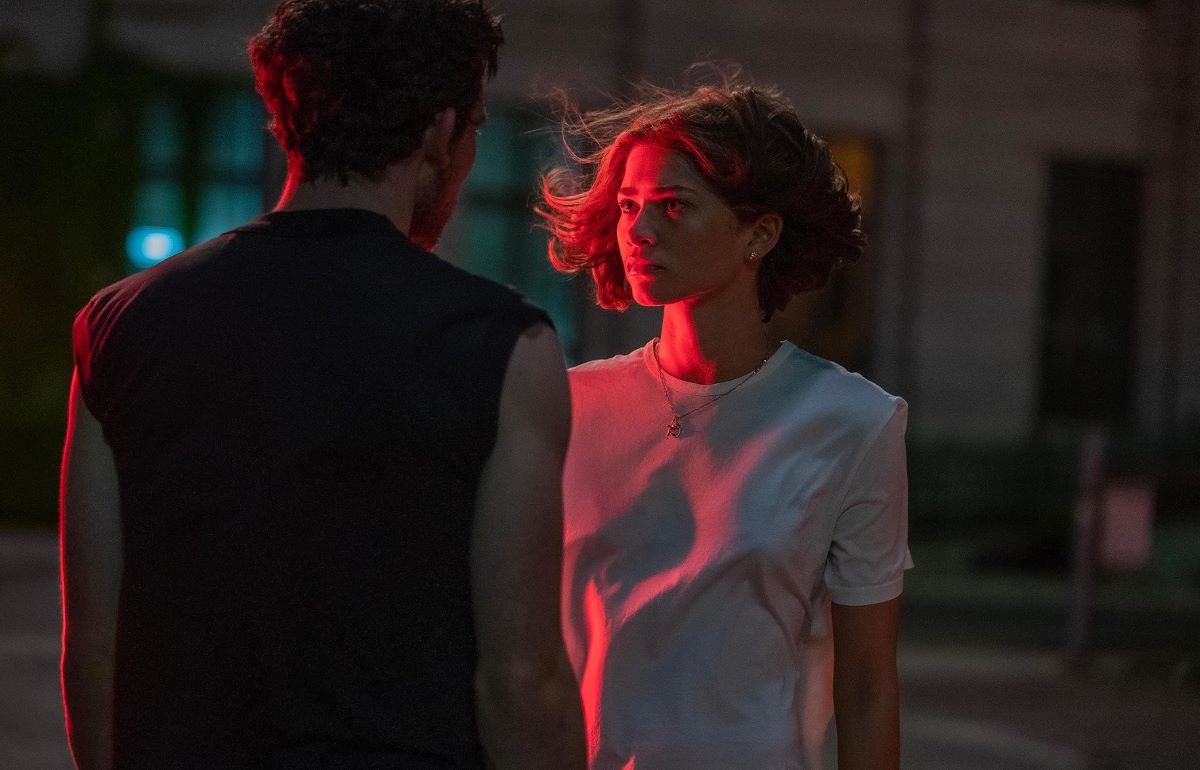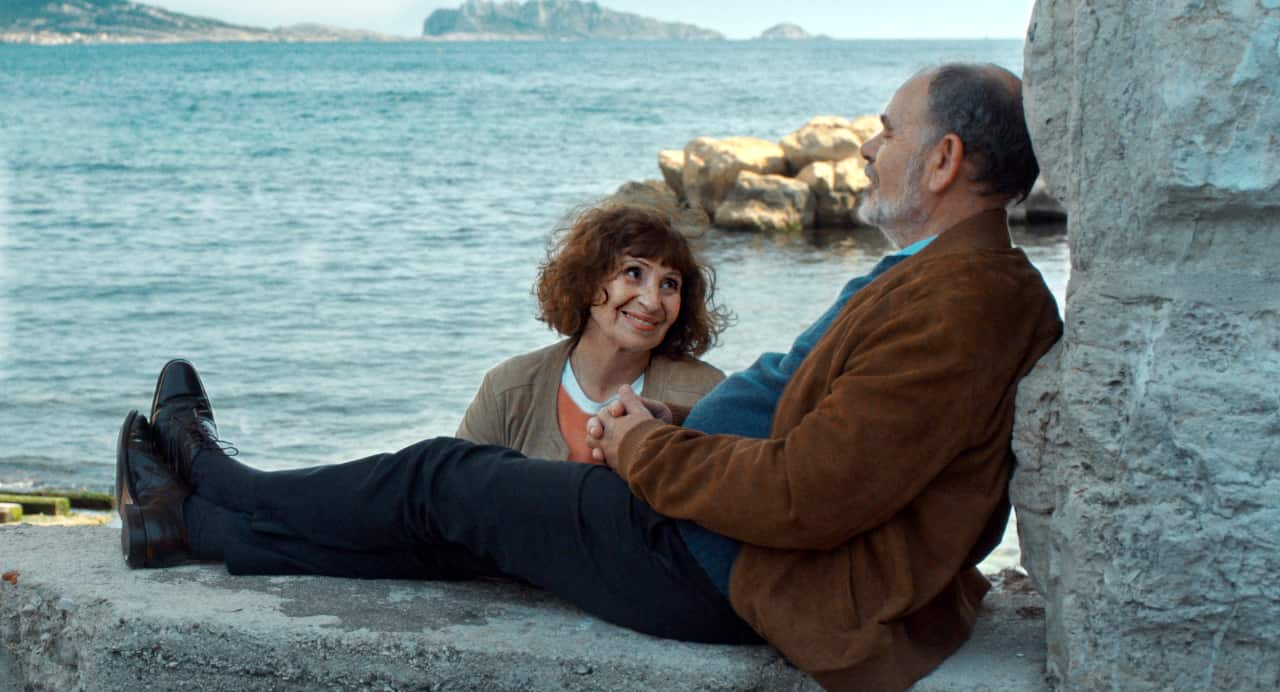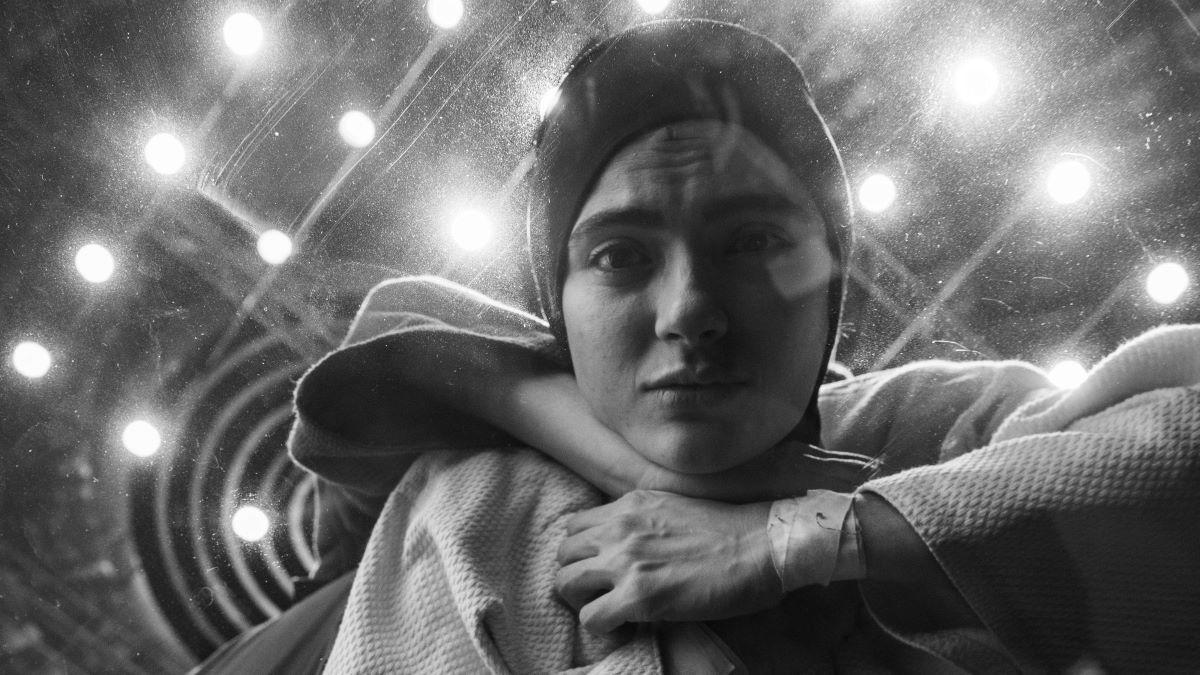by Charles Champlin
Stanley Kubrick’s 2001: A Space Odyssey is the picture which science-fiction enthusiasts of every age and in every corner of the world have prayed (sometimes forlornly) that the industry might one day give them.
It is an ultimate statement of the science-fiction film, an awesome realization of the spatial future. As a technical achievement—a graduation exercise in ingenuity and the making of film magic—it surpasses anything I’ve ever seen. In that sense, it is a milestone, a landmark for a spacemark, in the art of film.
A spacecraft resembling a vast Cubist centipede glides noiseless through deep space toward Jupiter. Men walk in space, and tumble in death toward an eternal orbit. Weightlessness is shown to be an accustomed state.
The Pan American commuter craft makes its ordinary way to the busy Moon, in this day only 33 years from now. So ordinary is the experience that the soundtrack is the old-fashioned “Blue Danube” waltz (which is only one of Kubrick’s inventive strokes).
Daddy makes a visionphone call from the Moon station to chat with a daughter whose Earthly birthday party he’s missing. The waiting lounge looks even more like a plastic vision of limbo than those already in existence, and indeed Kubrick and co-author Arthur C. Clarke are at frequent pains to contrast these lofty experiences with the rather mundane words and worries of those involved in them.
How it is all done I don’t begin to know, but it’s done in part with mirrors; that I do know. No matter; the effects are stunning. Keeping fit on the Jupiter voyage, Gary Lockwood runs in the vast centrifuge, which is rather like an enclosed Ferris wheel. He runs 360 degrees, 720 degrees: no cuts, no sign of a camera, no problems of gravity. Fantastic.
I spent the first half of the film nudging my wife black and blue and saying again and again, “I don’t believe it.”
The detail—down to the operating plaque for the Zero Gravity Toilet—is immense and unimpeachable, I’m sure. This must be the best-informed dream ever.
There is a plot, of course, and for my money it is right here that the pocketa-pocketa-queeps of malfunction become audible. (Let me be clear: I don’t think the sci-fi-faithful will even hear the queeps of plotting, but the nonaddict with a more literal turn of mind may be in greater or lesser degree exasperated.)
The film begins with a fairly pretentious title: “The Dawn of Man,” introducing a long—interminable—sequence (like everything else, beautifully photographed) in which our grandfathers, the apes, achieve the beginnings of humanity. They divide into warring camps and discover that an old bone makes a killing cudgel. In the desert the apes ponder a curious tall, black monolith, not natural, not theirs, not Earthly.
In 2001, a similar black monolith has been found buried beneath the Moon’s surface. It’s hushed up, for it can only mean the existence of other intelligent life in space, maybe unfriendly.
Clues point to Jupiter (I guess; things begin to get very elliptical and obscure). A spacecraft manned by Keir Dullea and Gary Lockwood, three hibernating scientists (to economize on life-support commodities) and a rather epicene talking computer named HAL (“Open the door, please, HAL”) takes off for Jupiter.
Whether they make it, I honestly don’t know. The computer turns villain (confirming a widely held suspicion) and at last Dullea enters into a very psychedelic-looking trip, the aurora borealis viewed from within, and absolutely dazzling, whatever it is meant to mean.
Ultimately the monolith reappears in a Regency drawing room; Dullea confronts himself in various stages of antiquity and our last view is of a thoughtful green embryo with huge haunting eyes. Like Blow-Up, this ending may be a kind of Cinerama inkblot test, in which there are no right answers to be deciphered but only ourselves to be revealed by our speculations. It is a kind of metaphysics that seems deeply a part of science-fiction’s attraction.
One can read anything or nothing into the wordless last half-hour of Space Odyssey. Dullea, still in spacesuit, is a withered old man exploring an Earthlike house, his space pod parked in the bedroom. A mirror civilization, a periodicity of the whole human experience?
I don’t know, and I confess to finding this evasion of a statement, this deliberate obscurantism, just that. There’re certainly not any answers, but there is reasonable question whether the questions themselves must be murky.
However, any annoyance over the ending—if indeed it is widely felt—cannot really compromise Kubrick’s epic achievement, his mastery of the techniques of screen sight and screen sound to create impact and illusion.
Some of next year’s Academy Awards are already bespoken.
The Los Angeles Times, April 5, 1968, p. 85




